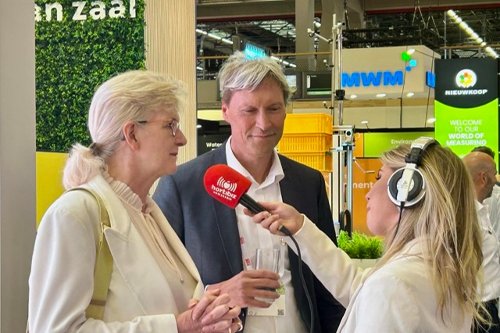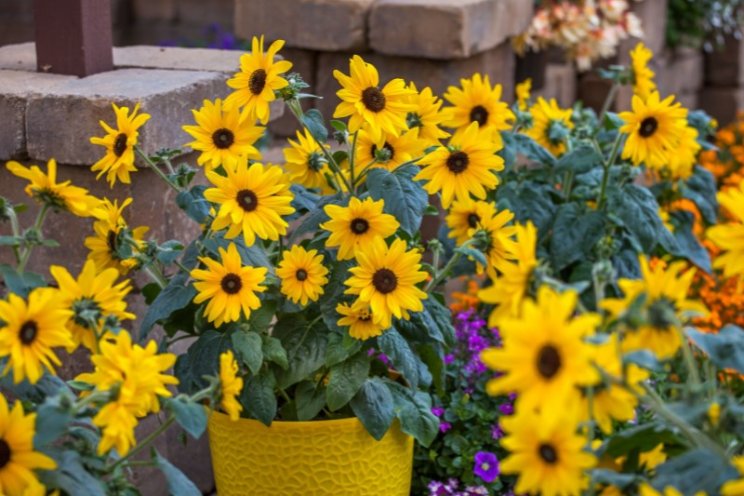Best practices for hybrid hellebore production
Added on 16 October 2023

72-cell plugs are sold in early spring, and depending on plant dates and cultivation, they can fill out 2.5-quart, 1-gallon, 1.5-gallon, or 2-gallon pots. For larger containers, growers must plant early and choose vigorous varieties or start with a larger plug, for example, a 40-cell liner. For growers who want to grow Helleborus in smaller pot sizes, compact varieties are also available.
Fall planting is an alternative for growers who need a shorter schedule and growers in warmer climates who cannot hold Helleborus over the summer. Liners must be bulked up and mature enough to grow into flowering plants the following spring. It should be noted that the reduced crop time will produce smaller plants and fewer blooms in the first season. Planting into a 2.5-quart pot or 1-gallon works best; larger containers are not recommended.
Planting
Helleborus should be planted during cool temperatures to avoid any stress. Plant liners right at soil level without burying the crown too deeply or exposing it. To prevent weeds, growers can top dress with bark or use coco fiber mats.
Photo caption: Hellebore production is seen here at Skagit Horticulture. Photo: Heuger.
More news















